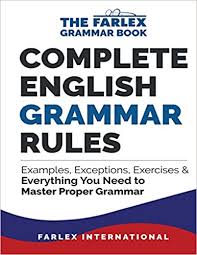LATEST SCHOLARSHIP OPPORTUNITIES

Latest scholarship opportunities. This morning, I received a load of scholarship opportunities in my email and I've decided to share them with you, my readers. Check them out below : FEATURED SCHOLARSHIPS, INTERNSHIPS AND ONLINE COURSES Stanford University $10,000 Design Competition For International Students Stanford Center on Longevity Application Deadline : December 6, 2019 Apply Now Government of Ireland Postgraduate Programme for International Students Government of Ireland Application Deadline : October 24, 2019 Apply Now The University of Tokyo Japanese Government (MEXT) Scholarship in Japan, 2020 Government of Japan, University of Tokyo Application Deadline : October 31, 2019 Apply Now Cambridge Trust Postgraduate Scholarships in the UK, 2020 University of Cambridge Application Deadline : December 3, 2019 Apply Now Rotary Yoneyama Scholarships for International Students in Japan, 2020 Rotary Yoneyama Memorial Foundation Application Deadline : December 1
